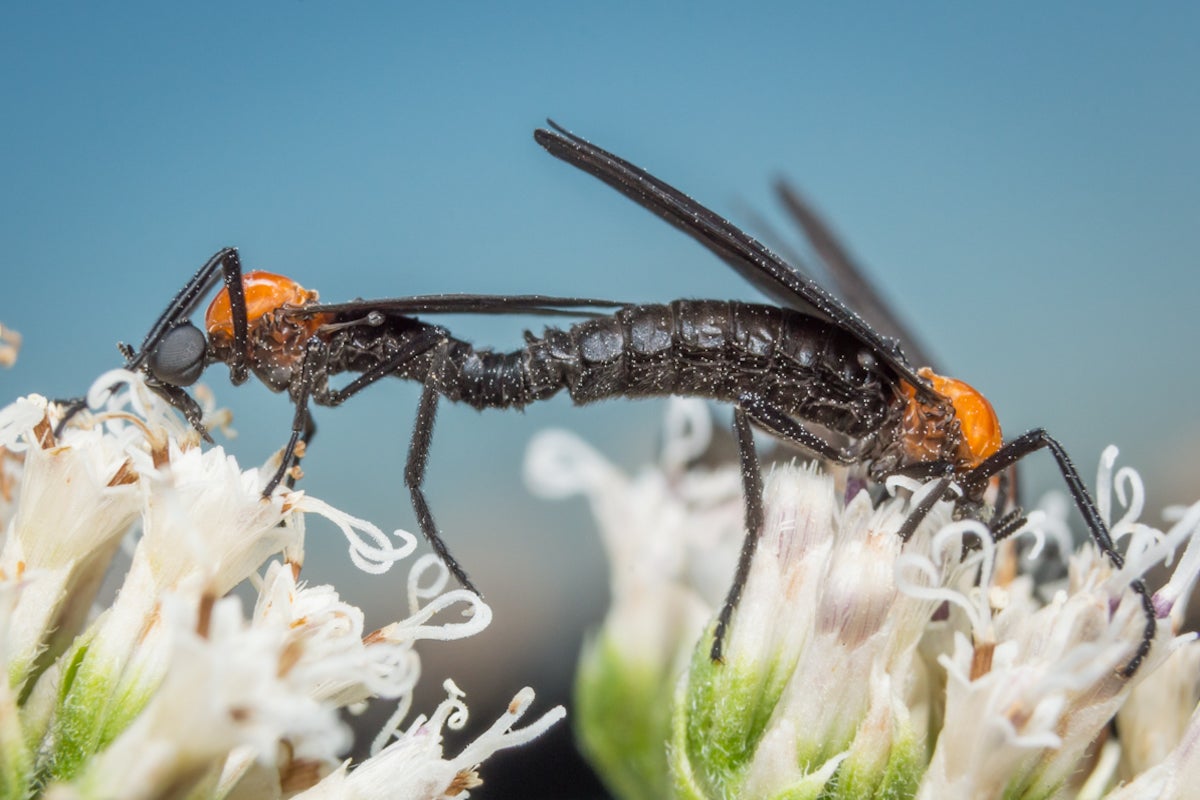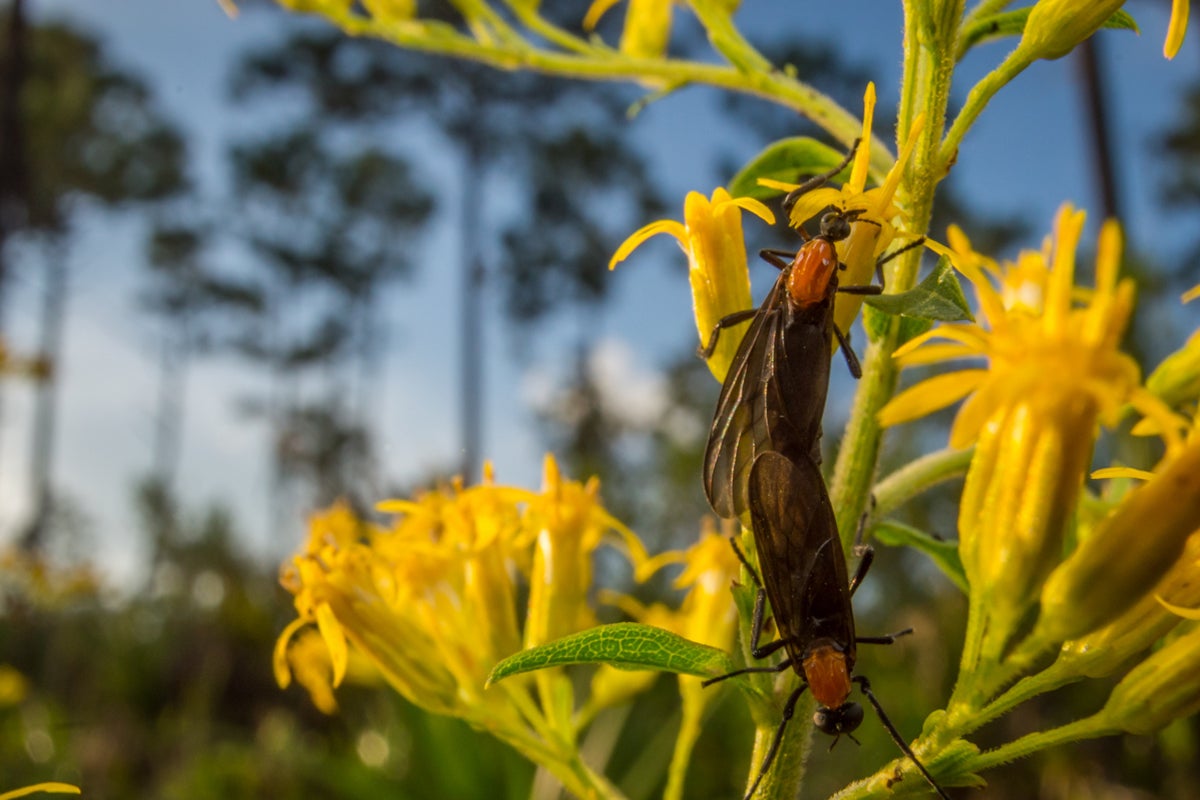While some say Florida has no seasons, real Floridians know there are three –– summer, hurricane and lovebug. Twice a year, these tiny harmless insects create a nuisance for drivers. Immediately many begin to blame the University of Florida, since legend has it, they created lovebugs to help kill pesky mosquitos.
But according to UCF biology postdoctoral researcher Nash Turley, that’s far from the truth. Here he debunks this urban legend and explains where lovebugs are really from, how they got their name, and what sparks their appearances each year.
To find out what their real purpose is, why we see them on highways often and more, watch the video above.
Where do lovebugs come from?
Lovebugs are not the consequence of genetic engineering [at UF]. They are a normally introduced species, meaning they aren’t in their original range.
They’re originally from, experts think, Central and South America. They were first described as a species in eastern Texas in 1940. Since then, they’ve been moving east and were all throughout Florida by the 1970s.
Why are they called lovebugs?
They’re called lovebugs because of their mating habits. We often see lovebugs attached together in pairs.
You can identify the males by their smaller bodies and larger eyes, which help them find females in mating swarms. The females are larger — they need a larger body to produce all the eggs — and they have really small kind of beady eyes.

Why do they only pop up twice a year and where do they go?
Most people notice lovebugs as an adult stage. In spring — late April and May — and in fall — August and September — the adults come out and they mate. That’s when you see them. The whole rest of the year, they’re still around but they live in the soil. The larvae live in the ground and in leaf litter and decomposed organic matter. So they’re here all year but they emerge in big groups to mate only in the spring and the fall. In that way, they kind of mark the changes of the season.
It seems like this year there has been more lovebugs than usual. Why is that?
Lovebug abundances do vary a lot from year to year and that’s normally due to different environmental conditions from year to year. What I suspect is that this [past] winter was a very wet winter, and they live in wet soil, so they probably survived really well and that leads to many more of them this year.




